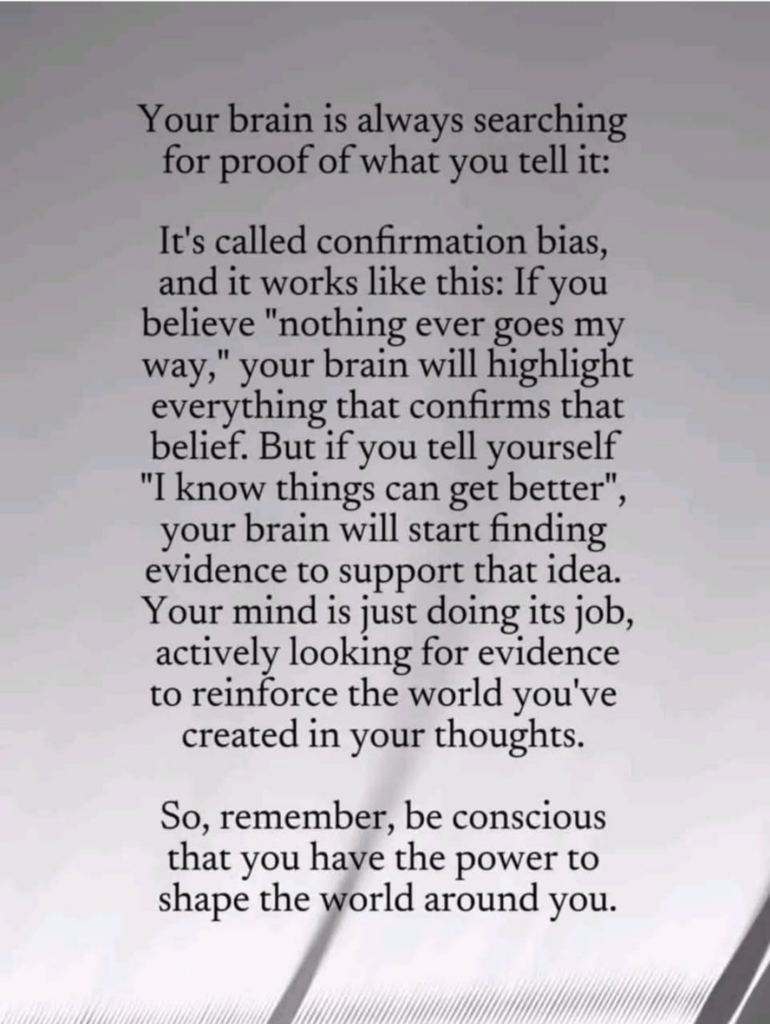The concept of the 5 Love Languages (words of affirmation, acts of service, receiving gifts, quality time, and physical touch) is meant to help people understand how they give and receive love. However, it can also unintentionally reinforce a framework where people focus on compensating for a lack rather than expanding into love’s fullness.
If we view love as something we must receive in a specific way to feel whole, we risk reducing ourselves to a set of unmet needs. But if we approach love languages as a means to express love more fully—rather than just filling perceived voids—then they can become a tool for deeper connection rather than a limitation.
True love is expansive, beyond categories. It is not something we need to get but something we are. If we focus too much on how we receive love rather than how we embody love, we may unintentionally operate from a place of deficiency rather than abundance. What do you think?
Once unconscious beliefs about love and worthiness are identified, the next step is not just removing dependencies but transforming them into wholeness. Here’s a process that can help:
1. Awareness Without Judgment
Recognizing a dependency (such as needing affirmation or physical affection to feel loved) is powerful. Instead of rejecting it, observe it like a compassionate witness. Ask yourself:
- Where did this come from?
- What does this belief protect me from?
- How has it shaped my relationships?
2. Releasing the Illusion of Lack
Many dependencies are rooted in the belief that love must come from outside. The truth is, love is within you, always present. A simple practice is to pause whenever you feel the craving for external validation and ask:
- If I already had this love within me, how would I feel right now?
- How can I give this to myself?
This shifts the energy from seeking to being.
3. Reparenting Yourself
If your love dependency stems from unmet childhood needs, you can “reparent” yourself by offering what was missing.
- If you lacked encouragement, speak affirmations to yourself.
- If you lacked presence, practice deep self-connection through meditation.
- If you lacked physical affection, engage in self-care that nurtures your body (massage, movement, mindful touch).
The key is to become your own source of love, meeting yourself where others didn’t.
4. Expanding Love Beyond the Self
When love is no longer a dependency but a state of being, you naturally extend it outward. Instead of seeking, you overflow. Acts of kindness, deep presence, and giving without expectation become effortless.
This shift transforms relationships:
- You love freely, without attachment.
- You receive love without fear of losing it.
- You recognize that love is not transactional—it simply is.
5. Living as Love Itself
At the highest level, love is not something to be “received” but recognized as who you are. When you dissolve the illusion of separation, the longing disappears—not because you don’t experience love from others, but because you realize you were never without it.
Does this resonate with you? Where do you feel the greatest attachment in receiving love?

